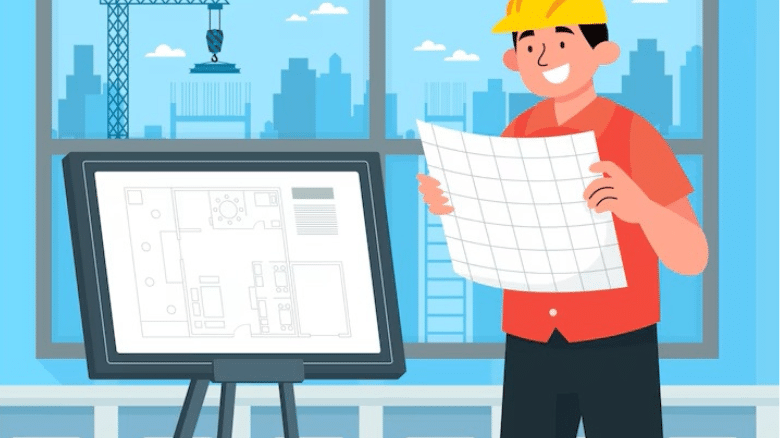Art and architecture have always shared a symbiotic relationship, each enriching the other in ways that transcend mere aesthetics. From the grandiose cathedrals of Europe to the sleek, modern skyscrapers of today, art has continually played a pivotal role in shaping our built environment. But how can you effectively weave art into your architectural projects to create spaces that are not just functional but also profoundly inspiring?
Have you ever wondered how the infusion of art into architecture can elevate an entire space into an extraordinary experience?
How to Incorporate Art into Architectural Projects?
Incorporating art into architectural projects is more than just an afterthought; it's an integral part of the design process that can elevate a building from the ordinary to the extraordinary. Art can bring emotional depth, cultural significance, and unique character to a space, making it memorable and engaging for its occupants. Whether you're designing a commercial complex, a residential building, or a public space, the thoughtful integration of art can create a lasting impact.
Understanding the Synergy Between Art and Architecture:
Architecture and art are like two sides of the same coin. Both disciplines rely on creativity, form, and function, but when they come together, they create something greater than the sum of their parts. Art can provide a narrative, a sense of place, and a deeper emotional connection to a building.
For example, consider the Guggenheim Museum in Bilbao, Spain. Designed by Frank Gehry, the museum is not just a building but a colossal piece of art itself. Its undulating forms and shimmering titanium surfaces have turned it into a global icon. The art within the museum and the structure itself work in harmony to create an immersive experience.
Practical Methods for Incorporating Art:
Incorporating art into architectural projects requires careful planning and a keen eye for detail. Here are some practical methods to consider:
- Murals and Wall Art: Large-scale murals can transform blank walls into vibrant canvases that tell a story or evoke a particular emotion. Murals can be commissioned from local artists to reflect the cultural essence of the community
- Sculptures and Installations: Three-dimensional art pieces can serve as focal points within a space. Sculptures and installations can be placed in lobbies, courtyards, or even integrated into the building's facade
- Functional Art: This involves the integration of artistic elements into functional aspects of the building. Think of intricately designed staircases, custom light fixtures, or artistically crafted furniture
Material Selection and Its Impact:
The choice of materials can significantly influence how art is integrated into architecture. Different materials offer various textures, colours, and finishes that can either enhance or detract from the artistic elements.
- Natural Materials: Stone, wood, and metal can add a timeless and organic feel to a space. These materials can be carved, shaped, and finished to create artistic elements that blend seamlessly with the architecture
- Glass and Light: The use of glass and light can create dynamic and ever-changing art installations. Stained glass windows, light projections, and reflective surfaces can add a new dimension to a space
- Sustainable Materials: Incorporating recycled and sustainable materials can add an eco-friendly aspect to your project while also providing unique artistic opportunities
Collaboration Between Artists and Architects:
One of the most effective ways to incorporate art into architectural projects is through collaboration between artists and architects. By working together from the outset, both parties can ensure that the artistic elements are not just an add-on but an integral part of the design.
- Early Involvement: Bring artists into the project during the initial design phase. This allows for a more cohesive integration of art and architecture
- Shared Vision: Ensure that both the artist and the architect have a shared vision for the project. This can be achieved through regular meetings, workshops, and collaborative brainstorming sessions
- Mutual Respect: Both parties should respect each other's expertise and creative input. This mutual respect can lead to innovative solutions that neither could have achieved alone
Summary and Engagement:
Incorporating art into architectural projects is not just about aesthetics; it's about creating spaces that resonate on an emotional and cultural level. By understanding the synergy between art and architecture, selecting the right materials, fostering collaboration, and learning from successful case studies, you can create buildings that are not just functional but also profoundly inspiring. Build On Infra is among the top architecture firms in Hyderabad, recognized for its innovative designs, sustainable solutions, and excellence in delivering high-quality projects across various sectors.

